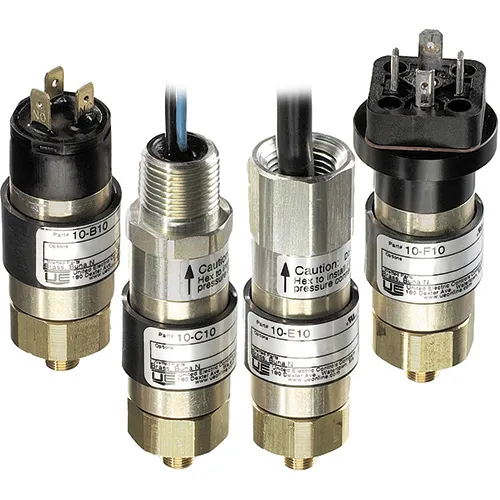What is absolute encoder vs incremental encoder? Absolute encoders and incremental encoders are two types of rotary encoders used in various applications to measure angular position or motion. Here is the key difference between incremental and absolute encoder in the following:

Absolute encoder vs incremental encoder in Position

Absolute Encoder Provides absolute position information at any point in time. Each position on the encoder’s rotation corresponds to a unique digital code, representing its absolute position within one revolution. Absolute encoders retain position information even when power is turned off.
Incremental Encoder measures changes in position or motion relative to a reference point. It generates a series of pulses, or counts, as it rotates, but these pulses do not directly indicate absolute position. To determine absolute position, incremental encoders require a reference point or initial position to be established upon startup.
Absolute encoder vs incremental encoder in working principle
One of difference between incremental and absolute encoder is the working principle. Here is their working principle:

Absolute Encoder: Outputs a unique digital code for each position, typically in binary format. This code remains constant regardless of the encoder’s movement or power cycle.
Incremental Encoder: Outputs pulses (usually square waves) as it rotates, with each pulse representing a small increment of movement. The number of pulses generated per revolution, or the encoder’s resolution, determines the precision of position measurement.
Absolute encoder vs incremental encoder in Pros & Cons
This part will introduce the difference between incremental and absolute encoder from pros & cons
Pros & cons of Absolute encoder
Pros
Absolute position information: Absolute encoders can directly provide absolute position information for each position without the need for zero return or a reference point. This allows the precise location of the object to be known immediately after a power cycle or system restart without losing position information.
High Accuracy: Absolute encoders typically have high resolution and accuracy, enabling very precise position measurements.
No need for synchronization: Because absolute position information is provided, absolute encoders do not need to perform synchronization or return actions when the system is started, so it has a faster start-up time and a simpler operation process.
Cons:
Higher cost: Absolute encoders are generally more expensive than incremental encoders due to the need to provide absolute information for each position.
Complexity: The design of absolute encoders is relatively complex and requires more electronic components and data processing, so there may be higher failure rates and maintenance costs.
Applicable scene:
Applications that need to know the position of objects immediately after power-on or system restart, such as robot navigation, industrial automation and position control systems.
Pros & cons of Incremental encoder
Pros:
Lower cost: Incremental encoders are generally less expensive than absolute encoders because they do not need to provide absolute information at every position.
Simple structure: The design of incremental encoders is relatively simple and is easier to manufacture and maintain because it does not need to store a large amount of position information.
Cons:
Unable to provide absolute position information: The incremental encoder can only provide the position change relative to the reference point, so a return action or synchronization operation is required to restore the correct position information after powering on or restarting the system.
Error accumulation: Since only relative position information is provided, incremental encoders may have error accumulation problems after running for a long time.
In summary, the main difference between absolute encoders and incremental encoders lies in how they provide position information. Absolute encoders offer direct position data for every encoder step, while incremental encoders generate pulses relative to a reference point, requiring additional processing to determine absolute position. Each type has its advantages and is selected based on the specific requirements of the application.






